Photography courtesy of Lowell Washburn, all rights reserved.
When the sun sets and evening stars shine bright, the night sky quickly becomes a busy place as millions of southbound songbirds take to the flyways. And of all the feathery families cruising the moonlit flyways, few are more intriguing than the grouping of birds collectively known as wood warblers. Listed among the smallest of birds, warblers annually travel unfathomable distances – winging their way from remote far-northern forests to the tepid neotropical wintering areas of Central and South America. Most migrate at night. Descending to earth at dawn, warblers spend their daylight hours resting and replenishing spent fuel reserves.
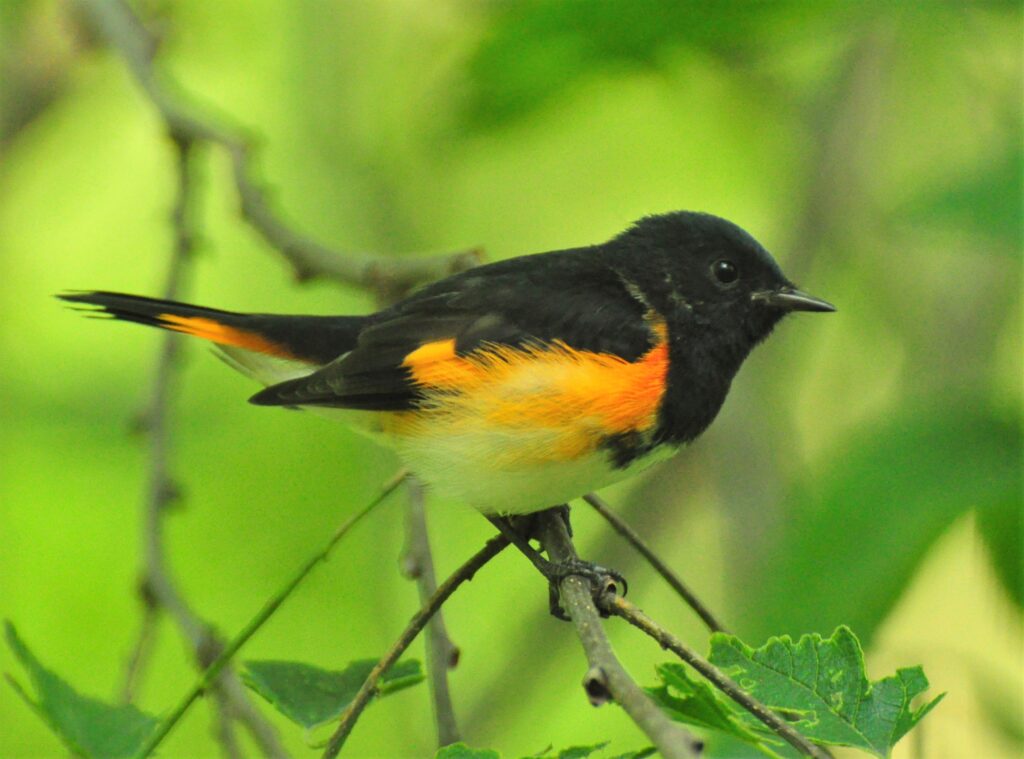
Long distance migration is a perilous activity for all bird species. But for those as tiny as the warblers, the flights are especially grueling. Mortality due to natural causes such as wind, heavy storm activity, and predators runs high – a sobering and natural part of life for migratory birds.
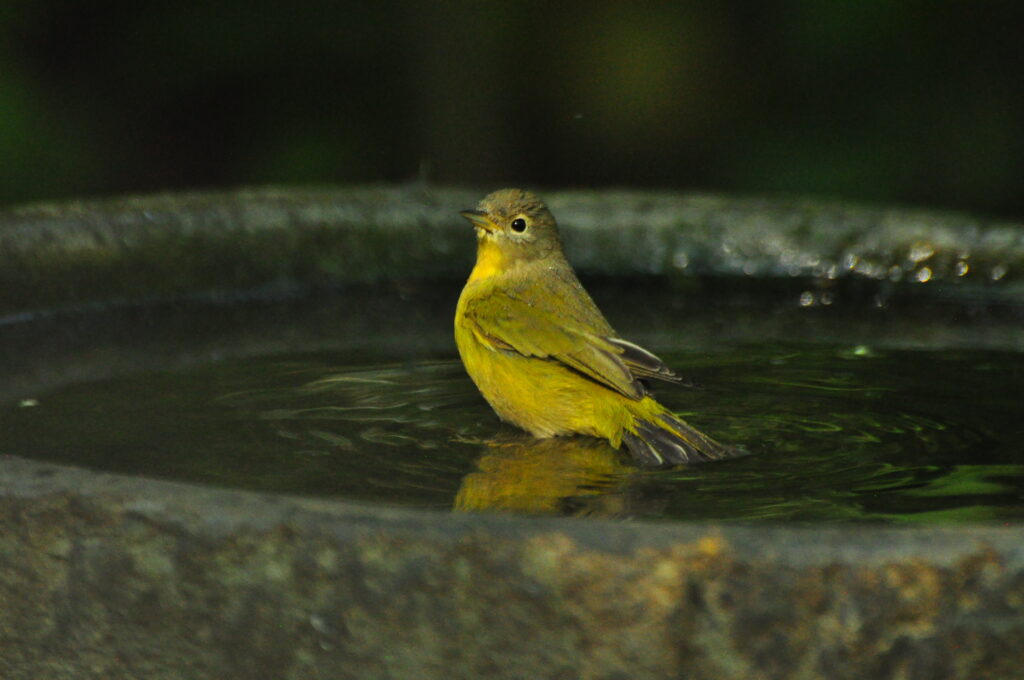
Other mortalities are strictly the product of human development. Nighttime collisions with unnatural structures such as power lines and communication towers can exact an alarming toll. But the worst artificial hazard of all is the glass window. Up to one billion birds die in the U.S. each year from collisions with glass windows, according to the Cornell Lab of Ornithology. Like a moth to flame, many birds are drawn to the lights of big city skyscrapers. Many birds use the natural light of the moon and stars to successfully navigate the dark skies. But the bright lights of miles-wide metro areas are anything but natural. Drawn off course, birds are confused and disoriented by light they do not understand. As a result, tens of thousands of nighttime travelers are lured to their doom. Those that do not die directly often succumb later due to broken bones or wing injuries or damage to internal organs. In order to help night fliers survive, mortality reduction programs are being tested with “Lights Out” programs in New York, Dallas, Houston, and other large cities.

But big city skyscrapers aren’t the only mass killers of southbound birdlife. Surprisingly, the majority of glass collisions occur on office buildings that are less than five stories in height or at suburban and small-town homes. Also surprising is the fact that as many, or more, of the bird strikes do not occur in the middle of the night but rather just before dawn as birds begin returning to earth in search of food and water.
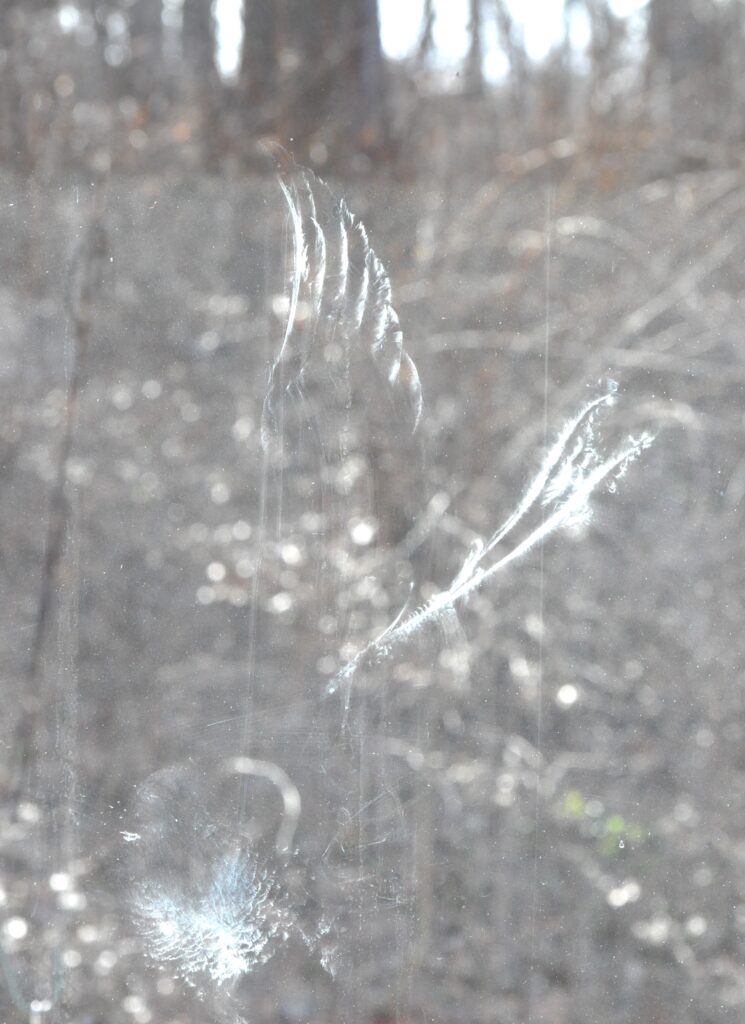
For most warblers, peak migration occurs between mid-September and early to mid-October. Closing household blinds and eliminating unnecessary nighttime lighting could aid in saving the lives of these tiny colorful travelers.
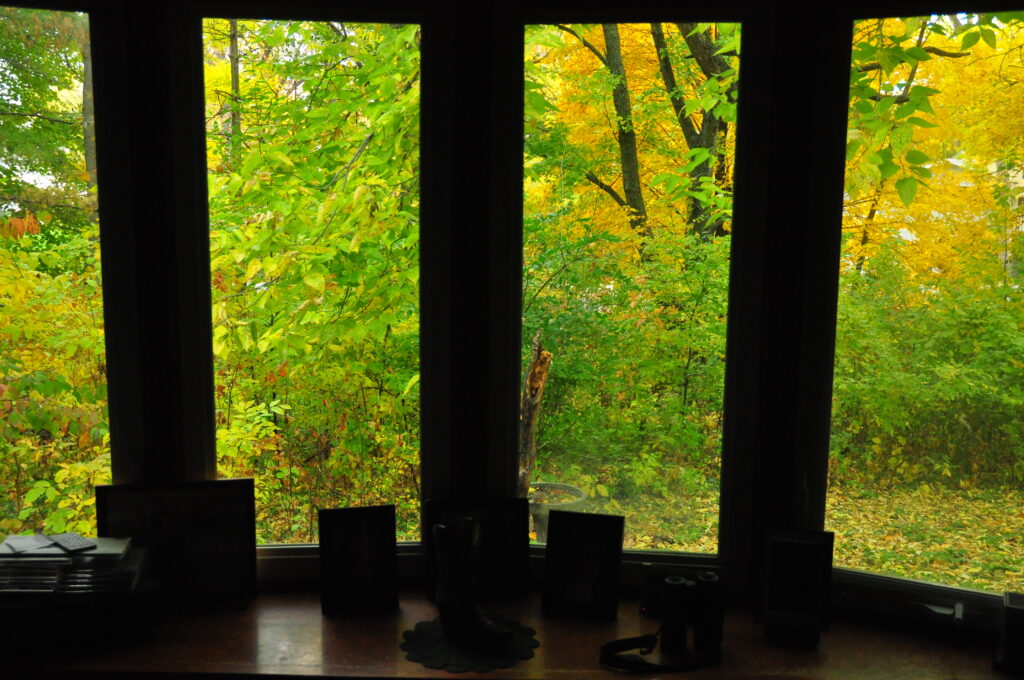
Almost all warblers are insectivorous. And although they aren’t interested in utilizing backyard bird feeders, they do need water and love to take daily baths. Keeping the birdbath filled will not only provide home entertainment but may also aid in the survival of these beautiful and popular feathered migrants.
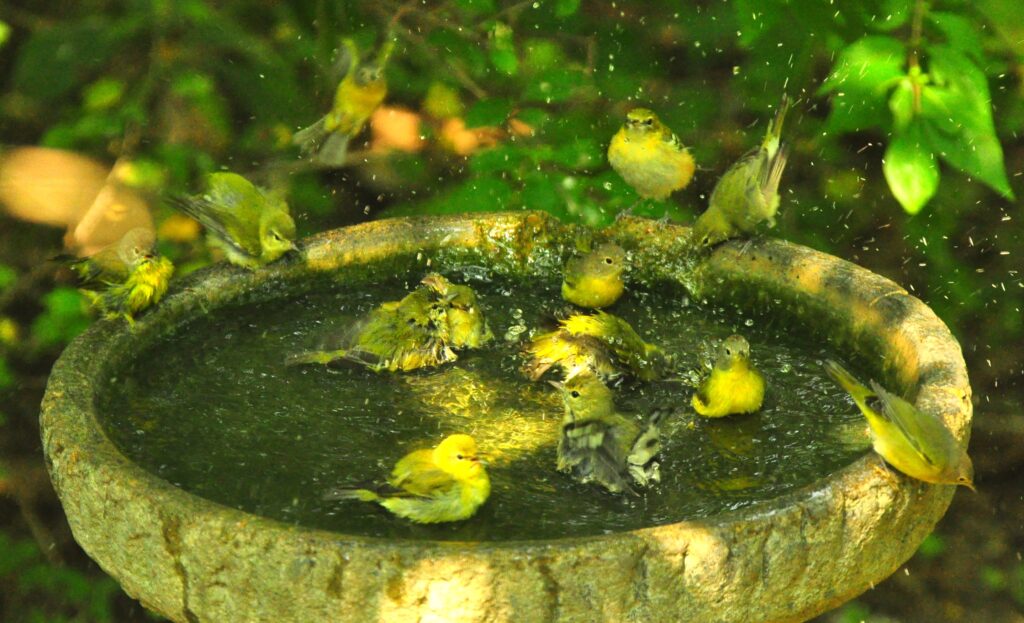

 Susan Judkins Josten
Susan Judkins Josten Rudi Roeslein
Rudi Roeslein Elyssa McFarland
Elyssa McFarland Mark Langgin
Mark Langgin Adam Janke
Adam Janke Joe Henry
Joe Henry Sue Wilkinson
Sue Wilkinson Tom Cope
Tom Cope Kristin Ashenbrenner
Kristin Ashenbrenner Joe Wilkinson
Joe Wilkinson Dr. Tammy Mildenstein
Dr. Tammy Mildenstein Sean McMahon
Sean McMahon